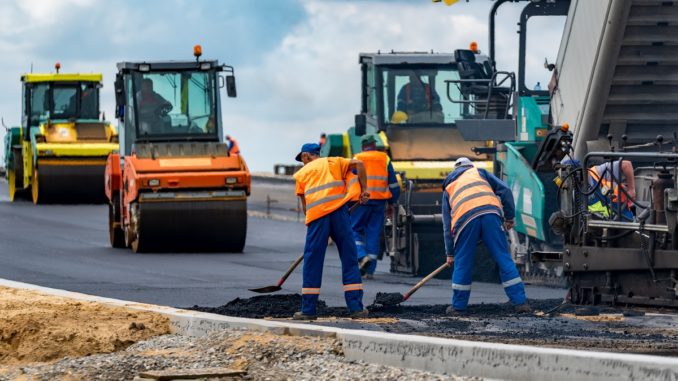
 Asphalt paving in Sandy, Utah or other parts of the U.S. and the world helps make our roads safer. This is because the asphalt has a smooth finish, which offers skid resistance and a better distinction of road markings, as well as wards off ice and snow.
Asphalt paving in Sandy, Utah or other parts of the U.S. and the world helps make our roads safer. This is because the asphalt has a smooth finish, which offers skid resistance and a better distinction of road markings, as well as wards off ice and snow.
But asphalt paving might not be enough to ensure road safety. Other factors contribute to road-related accidents, such as pedestrians, the traffic condition, and the driver’s lack of awareness. For these challenges, here are what many countries are doing to reduce road mishaps.
UK: Smart Crossing
In London, a prototype of a smart crossing for pedestrians was unveiled in 2017. The prototype consists of LED lights that adjust color and show varying symbols according to the traffic condition. For example, if it is safe to walk, the lights will turn green and will show road markings for cyclists, pedestrians, and vehicles. This means there will be a cycling icon for the bikers, a stop or go icon for the cars, and a zebra crossing for pedestrians. The latter adjusts its size according to the size of the group.
Another safety feature of Smart Crossing, as its makers call it, is lighting up when 1) the pedestrian does not seem to be paying attention to the road such as when using a phone, 2) when his or her location may not be seen by the approaching car’s driver, and 3) when a person crosses the road unexpectedly.
Japan: ETC 2.0
Japan’s intelligent transports system (ITS) is called the ETC 2.0. It has the power of both electric toll collection (ETC) and vehicle information communication service (VICS). This project aims to improve vehicle traffic flow and reduce vehicular accidents.
The ETC function is designed for ETC payments not only by the car owner but also by a person who could be borrowing or renting a vehicle. For the latter, ETC 2.0 makes sure the vehicle information and the toll payer information are separate and protected. On the other hand, the VICS feature offers safe driving support and route guidance. It does so by locating the vehicle and then informing the driver if a lane change or speed modification is necessary based on the traffic condition ahead (e.g. when there is an accident).
Rwanda: Smart Breathalyzer
 Fiston Rutikanga, a student of the Institute of Polytechnic Regional Centre (IPRC) in Kigali, Rwanda, invented a device that is meant to reduce road accidents caused by drunk driving. The article does not mention how the device does that exactly, but it says it should stop the vehicle from running if it detects alcohol. Whether there is a level of alcohol the device can tolerate was also not mentioned.
Fiston Rutikanga, a student of the Institute of Polytechnic Regional Centre (IPRC) in Kigali, Rwanda, invented a device that is meant to reduce road accidents caused by drunk driving. The article does not mention how the device does that exactly, but it says it should stop the vehicle from running if it detects alcohol. Whether there is a level of alcohol the device can tolerate was also not mentioned.
The technology is not yet officially launched although it was already introduced to the public during an expo, and the traffic spokesperson said its office is ready to support this invention.
So far, the only evidence that this device works is the tests conducted by Rutikanga himself, which he claims were successful.
According to the World Health Organization, about 1.35 million people die each year because of road accidents. This staggering number affects not just the life of the individuals and their family, but also a country’s economy. For these reasons, all stakeholders should find a way to reduce or eliminate it, if possible. The UK, Japan, and Rwanda have already started doing so and other countries are expected to follow suit.
